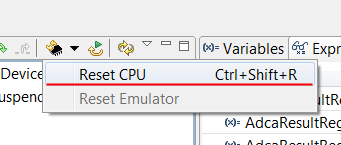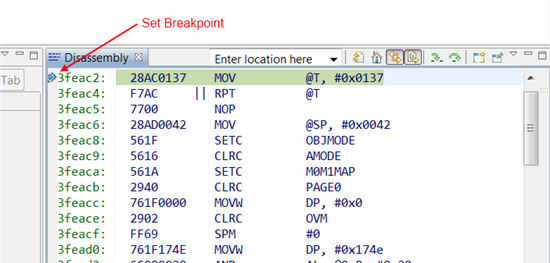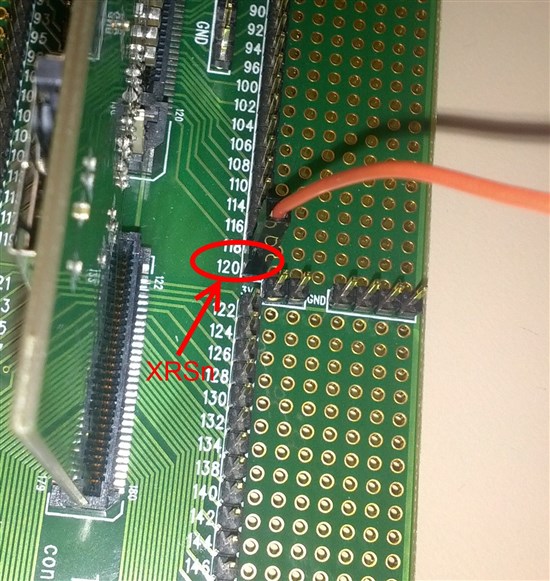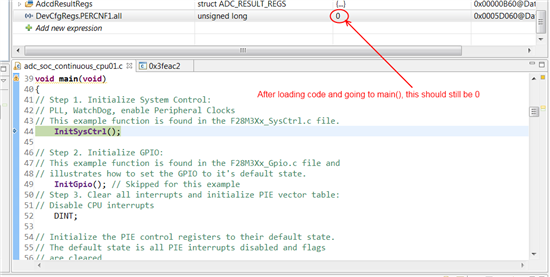I am on designing a new motorcontroller with the TMS320F28377D MCU. According to the datasheet
16- bit conversion is only possible with differential mode. I have to use per example ADCINA0 and ADCINA1 and generate a differential signal per example with a THS4521D fully differential amplifier.
How must I setup the SOC events. Do I have to configure 2 different SOC events for one conversion?
AdcaRegs.ADCSOC0CTL.bit.CHSEL = 0; AdcaRegs.ADCSOC0CTL.bit.TRIGSEL = 7; AdcaRegs.ADCS1C0CTL.bit.CHSEL = 9; AdcaRegs.ADCS1C0CTL.bit.TRIGSEL = 7;
Please give me a detailed code example? I dont find it neither in the manual nore in the controlsuite











